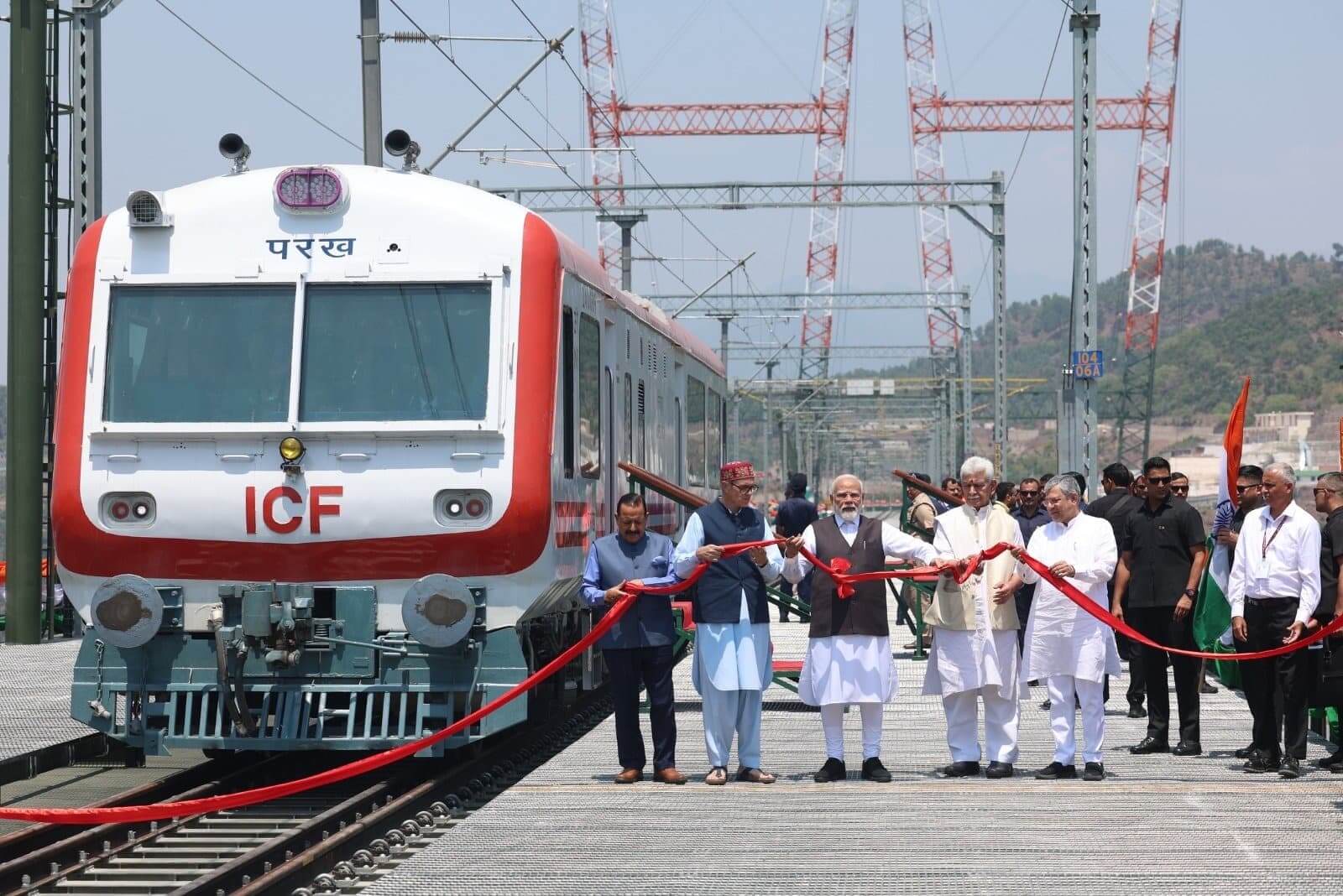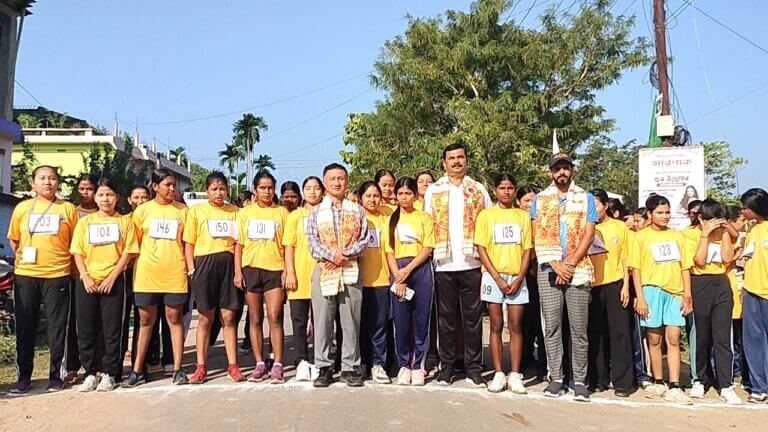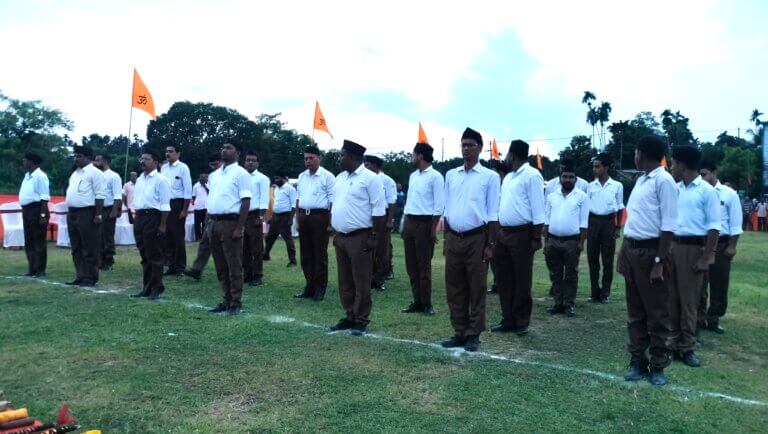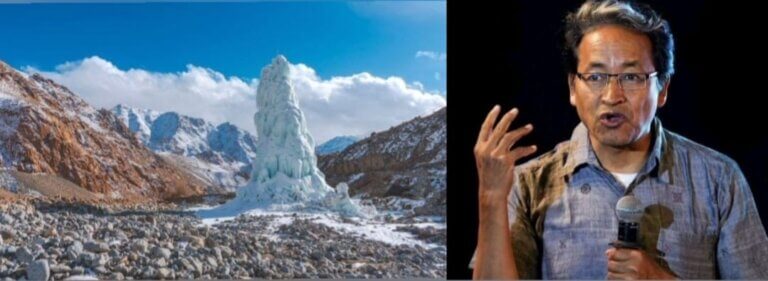
✍️Anupam Pal
Today marks the beginning of a new chapter in the history of Indian railway infrastructure. Prime Minister Narendra Modi formally inaugurated the Chenab Railway Bridge, the world’s highest railway arch bridge, located in the Reasi district of Jammu and Kashmir. Built over the Chenab River, this bridge is not only a symbol of India’s modern engineering prowess but also a powerful testament to national integration.
The Chenab Bridge stands 359 meters above sea level, making it 59 meters taller than the iconic Eiffel Tower (300 meters). Stretching over 1,315 meters in length, this bridge will provide a permanent railway link between the Kashmir Valley and the rest of the country. It forms a vital part of the Jammu-Baramulla railway project.
The construction of the Chenab Bridge involved cutting-edge technology and remarkable engineering skills. It is designed to withstand wind speeds of up to 266 km/h and earthquakes measuring up to 8 on the Richter scale. Building such a structure in the complex and earthquake-prone terrain of the Himalayas posed a significant challenge — one that Indian engineers have triumphantly overcome.
Approximately 30,000 tonnes of steel were used in constructing the bridge’s iconic arch, and the project, spanning 17 years, engaged the expertise of hundreds of engineers and over a thousand workers. Eco-friendly and sustainable technologies were employed throughout the construction.
At the inauguration ceremony, Prime Minister Modi remarked, “The Chenab Bridge is not just a railway bridge; it is a reflection of India’s confidence and developmental spirit. This bridge will bring the people of Kashmir closer and play a crucial role in promoting tourism, trade, and security.”



